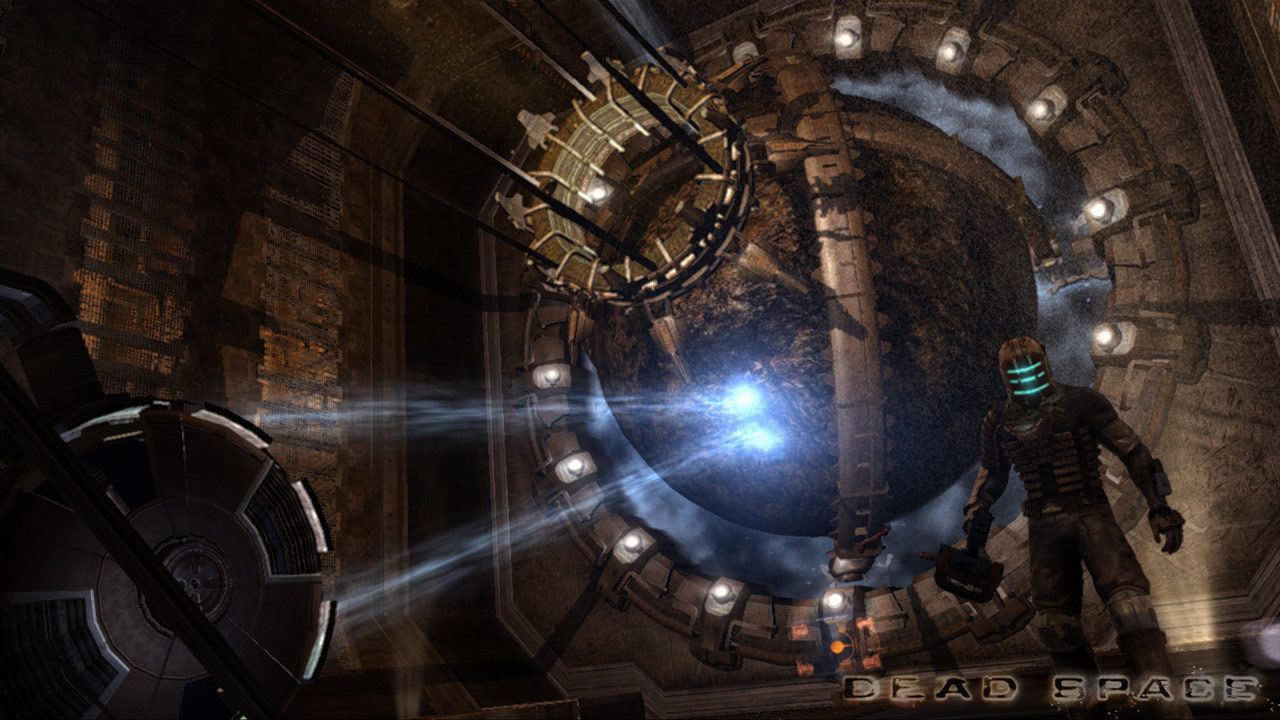
By May 2007, Electronic Arts finally green-lit the project. “Resi 4 in space: that’s a very quick and powerful Hollywood-style pitch,” laughs Milham.īeginning in January 2006, Redwood Shores concentrated on setting its game apart from other contemporary sci-fi shooters such as Halo and Gears. As with Epic’s Gears of War series (and many others), the Dead Space team adopted Resident Evil 4’s over-the-shoulder camera angle and focused, story-driven action. Capcom’s fourth entry in its phenomenally successful survival horror franchise redefined third-person video games. A pure horror game set in space became the concept, including a brief plan to set the game inside a prison world (a plot that would resurface in last year’s The Callisto Protocol).īut then came Resident Evil 4. “Most of the team were big horror fans,” remembers senior producer, Chuck Beaver key influences were Alien and Event Horizon. Photograph: Greg Grusby/EAĪ huge horror fan, Schofield wanted a visceral, terror-stricken game that tested the resolve of players.

‘The idea was that when you looked at any screenshot, you’d know it’s a horror game’ … Dead Space Dead art director Ian Milham. It’s an experience that few players forget, and is being discovered by new fans this year thanks to Motive’s remake – but it almost didn’t get made. Its enemies, the zombie-like Necromorphs, are hideously metamorphosed humans, perverted by the machinations of the Marker, a strange alien artefact that has engendered a worryingly familiar religion known as Unitology. Suddenly, the lights go out, and shadowy monstrosities appear from the walls, spearing two of the team as Clarke watches helplessly before they turn on him, chasing him unarmed into the bowels of the Ishimura, where even more horrors await.įifteen years, two sequels and countless books, comics and spin-offs later, and Dead Space has become synonymous with video game sci-fi horror.

It’s one of the more memorable intros in video game history: as part of a five-person team sent to investigate a communications blackout aboard the mining ship USG Ishimura, engineer Isaac Clarke boots up the vessel’s computer while his colleagues pace around nervously.


 0 kommentar(er)
0 kommentar(er)
